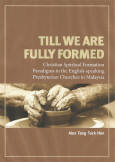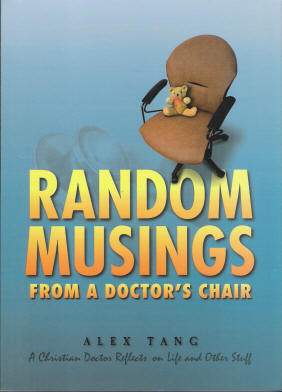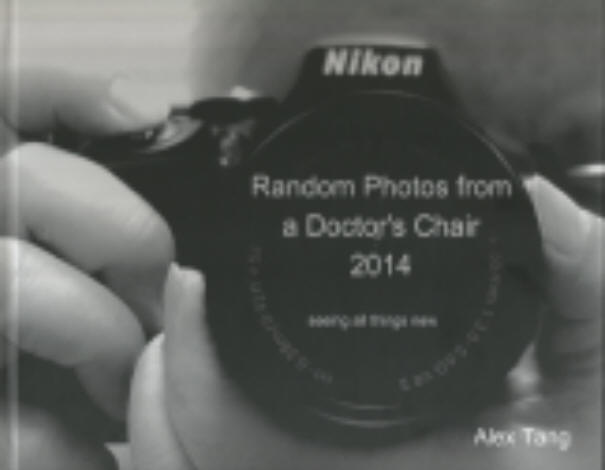How to Take Notes
This is from a Questria newsletter
Struggling to record everything you hear during a lecture is a sure-fire way to miss important points and give yourself a bad case of writers' cramp. A far better approach focuses on capturing essential material and working with it to strengthen understanding and memory.
Based on a technique developed by Cornell University professor Walter Pauk, The Cornell Note-taking System begins with the notepaper you use. Set up a note-taking column about 6 inches wide, and create a cue column about 2 ½ inches wide running down the left side of the page with a margin 2 inches deep across the bottom for your summary.
Use the large note-taking column to record "telegraphic sentences" from the lecture. ASAP after class, jot questions based on the lecture notes plus key words or phrases in the cue column. "Writing questions," says Cornell, "helps to clarify meanings, reveal relationships, establish continuity, and strengthen memory." Later, to review your notes or study for an exam, look at the cue column (cover up the note-taking column) and recite answers to questions or cue-words relating to facts or ideas. "Reflect on the material by asking yourself…'What's the significance of these facts? What principle are they based on? How can I apply them? How do they fit in with what I already know?'" Setting aside at least 10 minutes weekly to review your notes will boost retention. And use the space at the bottom of the paper to write a summary of the notes on that page.
Note-taking, says Christian Toto in The Washington Times article "Taking Note of This," should be "marked by intense listening and occasional writing." He cites American University's Kathy Schwartz, who recommends inspecting notes shortly after class to fill in the blanks or clean up handwriting because "Our memories start to fade within two hours of learning new information."
.
Labels: Medical Students














0 Comments:
Post a Comment
<< Home